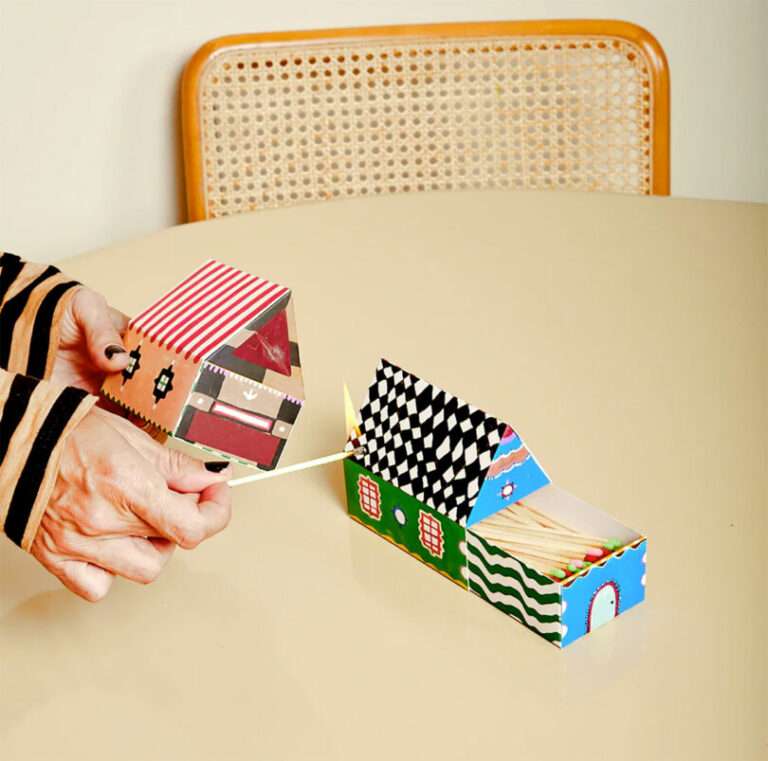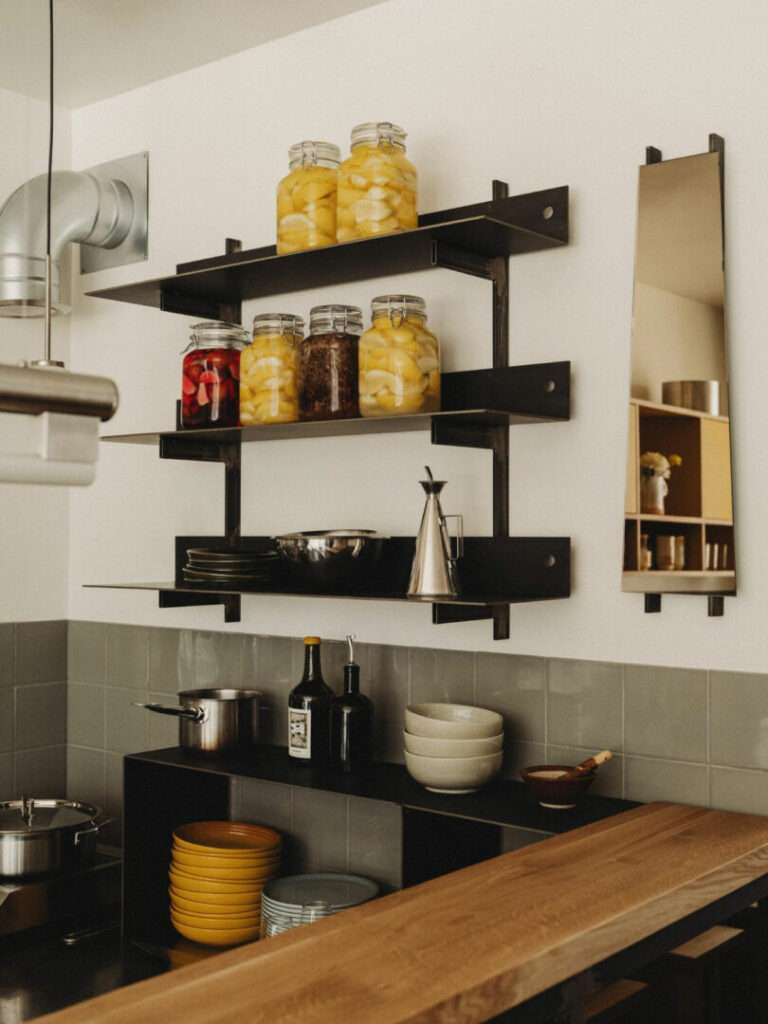Houseplants are more than just decoration; they add life to a home and even improve air quality. However, not every plant that looks good on a shelf or in a corner truly belongs indoors. Some houseplants can pose health risks, are challenging to maintain, or can harm pets and children.
Here is a list of seven popular indoor plants that might be better off outside — or avoided altogether.
Dieffenbachia
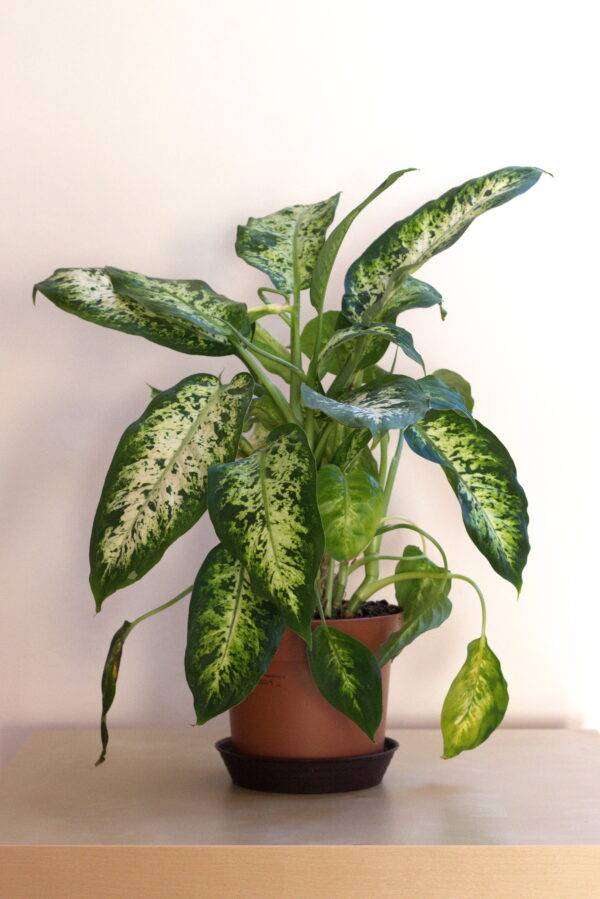
Nicknamed the “dumb cane” for its ability to cause temporary speech loss if ingested, dieffenbachia’s striking variegated leaves make it a popular choice for homes. However, this plant contains calcium oxalate crystals that are highly toxic to both humans and pets. Touching or chewing its leaves can lead to severe irritation, swelling, and even difficulty breathing. If you have kids or curious pets, this plant is better left outside.
Philodendron
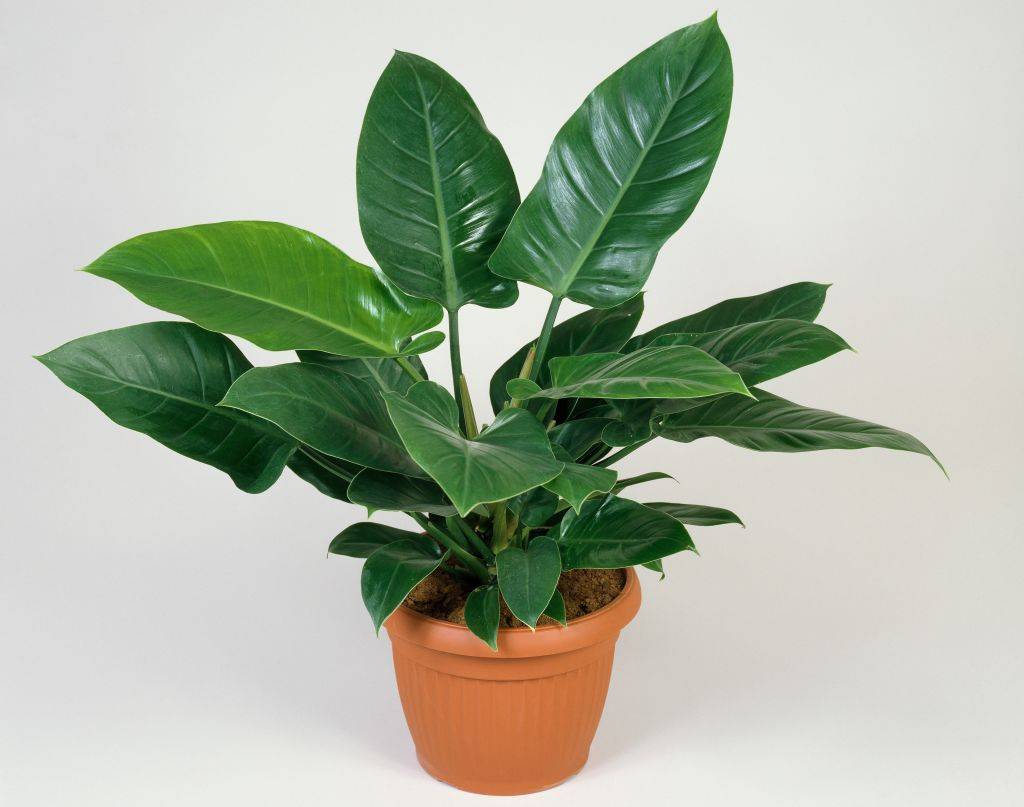
Philodendrons are beloved for their low-maintenance nature and lush foliage, but they’re not as innocent as they look. Like dieffenbachia, philodendrons contain calcium oxalate crystals that can cause irritation, vomiting, and swelling if ingested. Their climbing vines might also tempt pets to nibble. If you’re set on having one, keep it in an inaccessible spot, but be mindful of the risk.
Oleander
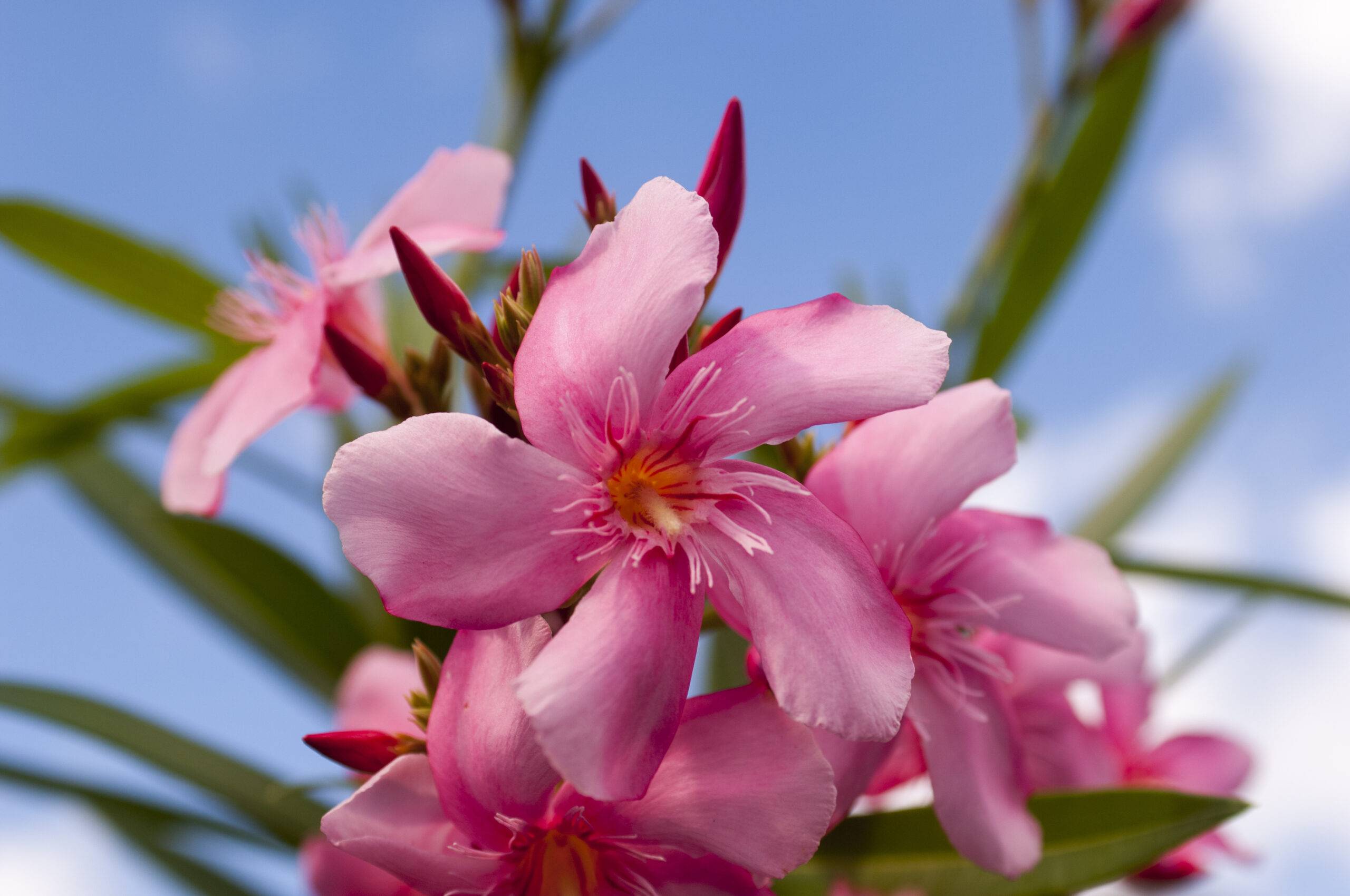
With its beautiful blooms and glossy leaves, oleander might seem like a good choice for brightening up your home. Don’t be fooled—this plant is one of the most toxic in the world. All parts of the oleander are poisonous and can cause severe reactions, including heart issues, even from small amounts. It’s best admired from a distance, perhaps in a well-ventilated outdoor garden.
Pothos
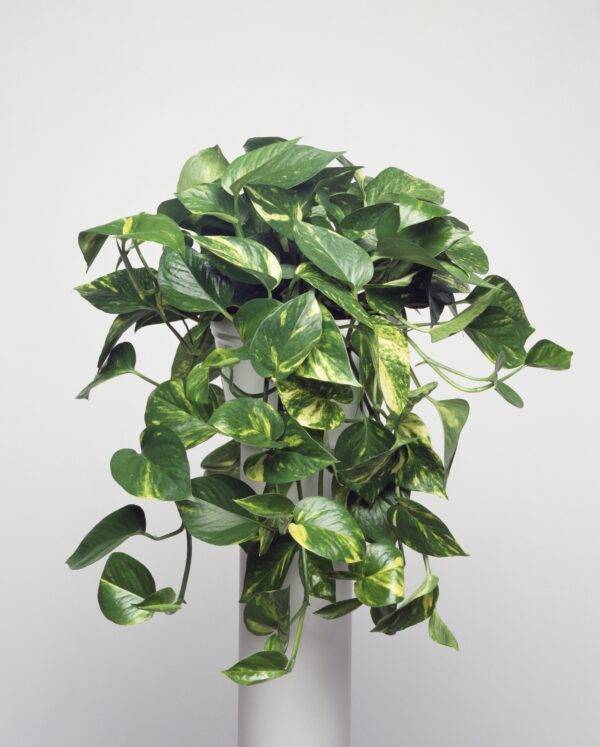
Pothos, also known as devil’s ivy, is a go-to plant for beginners because of its hardiness and trailing vines. However, its sap is mildly toxic and can cause skin irritation or digestive issues if ingested. Its rapid growth can also make it invasive, taking over other plants or spaces if not kept in check. While it’s a manageable houseplant for experienced owners, it’s not ideal for homes with pets or young children.
Rubber Plant
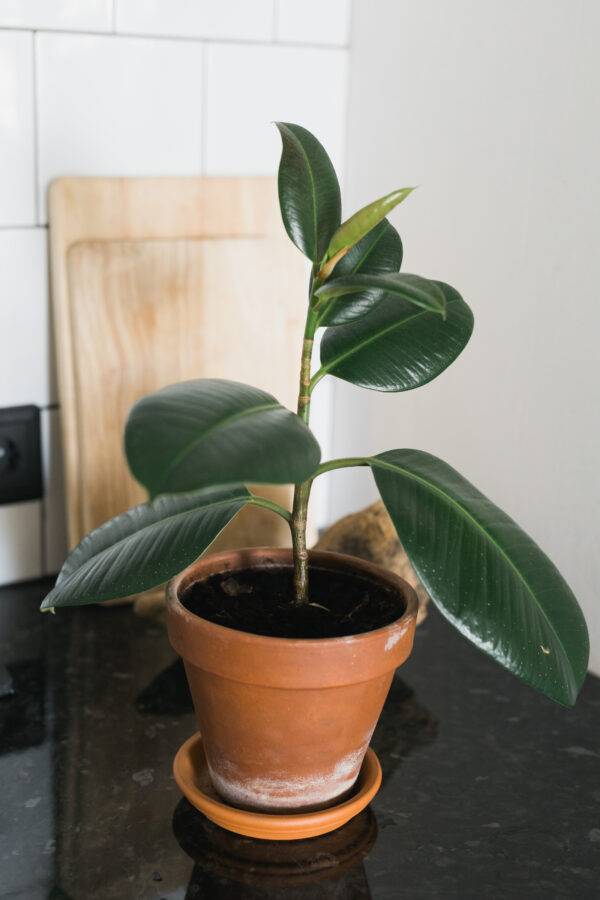
Rubber plants (Ficus elastica) are admired for their bold, glossy leaves, but they’re not as harmless as they seem. Their sap contains compounds that can irritate the skin and eyes. Prolonged exposure to the plant’s latex can even cause allergic reactions. Additionally, this plant can grow quite large, making it difficult to keep indoors without constant pruning.
Sago Palm
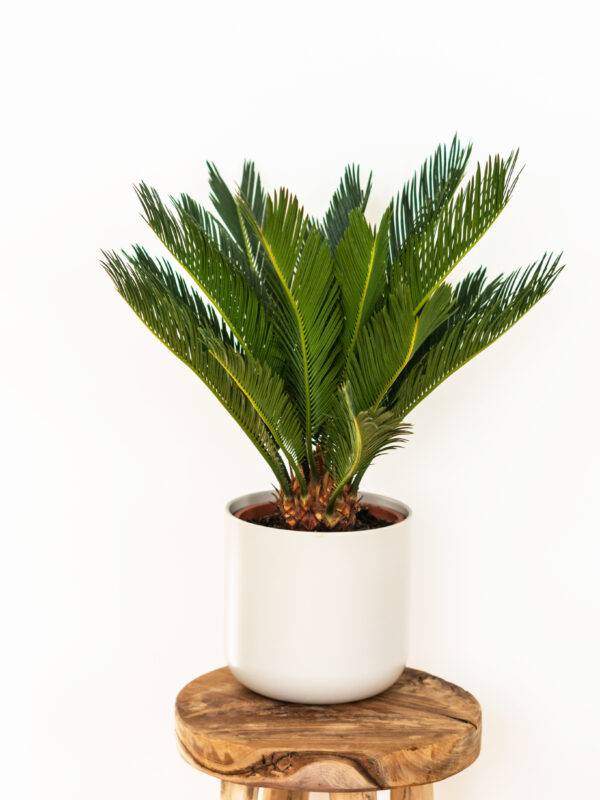
Don’t let the “palm” in its name fool you—this isn’t a true palm, and it’s definitely not a low-maintenance houseplant. Every part of the sago palm is toxic, especially the seeds. Ingestion can lead to severe liver damage in pets and humans. The plant’s spiky fronds can also be a hazard in tight spaces, making it a risky addition to your home.
Jade Plant
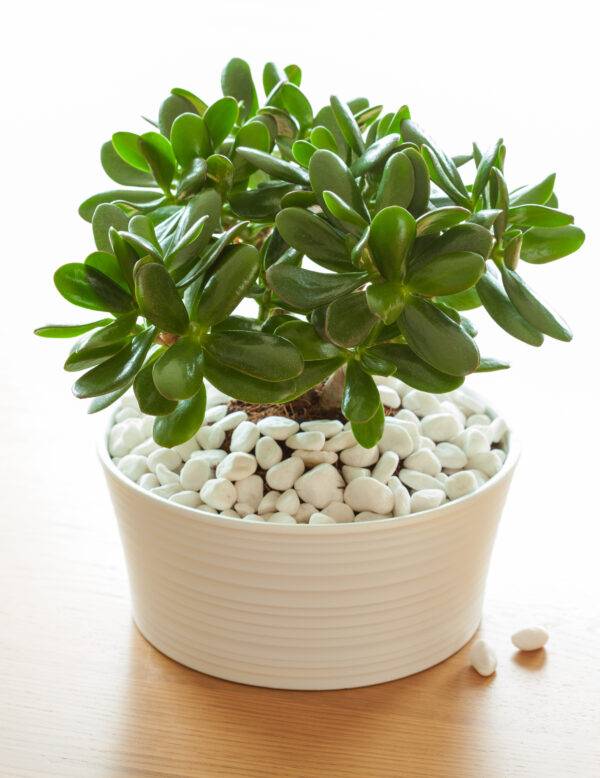
The jade plant, or Crassula ovata, is often seen as a symbol of prosperity and luck, but it’s not so lucky for pets. This succulent contains compounds that can cause vomiting, lethargy, and coordination issues in cats and dogs. Its slow growth and easy care make it a tempting choice, but if you have furry friends, it’s best to pass on this one.
Related Articles:
While houseplants can enhance your home’s ambiance, it’s crucial to choose ones that are safe and practical for your space. If you own any of the plants on this list, consider relocating them to a spot where they’ll be less of a hazard—or swapping them out for safer alternatives. Happy planting!
Ready to bring new life to your home? Subscribe to our newsletter for exclusive interior design tips, trends, and ideas that will transform your space. Click here to subscribe!


